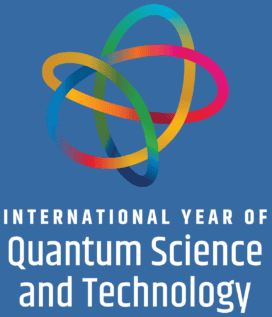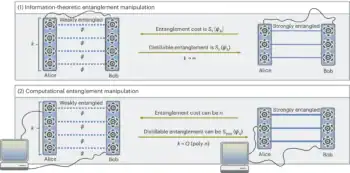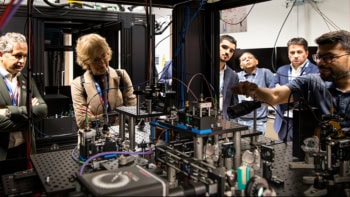
Part of our International Year of Quantum Science and Technology coverage
William Phillips, who shared the Nobel Prize for Physics for his work on laser cooling, talks to Margaret Harris about his life in science, the weirdness of entanglement, and the future of quantum tech

William Phillips is a pioneer in the world of quantum physics. After graduating from Juniata College in Pennsylvania in 1970, he did a PhD with Dan Kleppner at the Massachusetts Institute of Technology (MIT), where he measured the magnetic moment of the proton in water. In 1978 Phillips joined the National Bureau of Standards in Gaithersburg, Maryland, now known as the National Institute of Standards and Technology (NIST), where he is still based.
Phillips shared the 1997 Nobel Prize for Physics with Steven Chu and Claude Cohen-Tannoudji for their work on laser cooling. The technique uses light from precisely tuned laser beams to slow atoms down and cool them to just above absolute zero. As well as leading to more accurate atomic clocks, laser cooling proved vital for the creation of Bose–Einstein condensates – a form of matter where all constituent particles are in the same quantum state.
To mark the International Year of Quantum Science and Technology, Physics World online editor Margaret Harris sat down with Phillips in Gaithersburg to talk about his life and career in physics. The following is an edited extract of their conversation, which you can hear in full on the Physics World Weekly podcast.
How did you become interested in quantum physics?
As an undergraduate, I was invited by one of the professors at my college to participate in research he was doing on electron spin resonance. We were using the flipping of unpaired spins in a solid sample to investigate the structure and behaviour of a particular compound. Unlike a spinning top, electrons can spin only in two possible orientations, which is pretty weird and something I found really fascinating. So I was part of the quantum adventure even as an undergraduate.
What did you do after graduating?
I did a semester at Argonne National Laboratory outside Chicago, working on electron spin resonance with two physicists from Argentina. Then I was invited by Dan Kleppner – an amazing physicist – to do a PhD with him at the Massachusetts Institute of Technology. He really taught me how to think like a physicist. It was in his lab that I first encountered tuneable lasers, another wonderful tool for using the quantum properties of matter to explore what’s going on at the atomic level.

Quantum mechanics is often viewed as being weird, counter-intuitive and strange. Is that also how you felt?
I’m the kind of person entranced by everything in the natural world. But even in graduate school, I don’t think I understood just how strange entanglement is. If two particles are entangled in a particular way, and you measure one to be spin “up”, say, then the other particle will necessarily be spin “down” – even though there’s no connection between them. Not even a signal travelling at the speed of light could get from one particle to the other to tell it, “You’d better be ‘down’ because the first one was measured to be ‘up’.” As a graduate student I didn’t understand how deliciously weird nature is because of quantum mechanics.
Is entanglement the most challenging concept in quantum mechanics?
It’s not that hard to understand entanglement in a formal sense. But it’s hard to get your mind wrapped around it because it’s so weird and distinct from the kinds of things that we experience on a day-to-day basis. The thing that it violates – local realism – seems so reasonable. But experiments done first by John Clauser and then Alain Aspect and Anton Zeilinger, who shared the Nobel Prize for Physics in 2022, basically proved that it happens.
What quantum principle has had the biggest impact on your work?
Superposition has enabled the creation of atomic clocks of incredible precision. When I first came to NIST in 1978, when it was still called the National Bureau of Standards, the very best clock in the world was in our labs in Boulder, Colorado. It was good to one part in 1013.
Because of Einstein’s general relativity, clocks run slower if they’re deeper in a gravitational potential. The effect isn’t big: Boulder is about 1.5 km above sea level and a clock there would run faster than a sea level clock by about 1.5 parts in 1013. So if you had two such clocks – one at sea level and one in Boulder – you’d barely be able to resolve the difference. Now, at least in part because of the laser cooling and trapping ideas that my group and I have worked on, one can resolve a difference of less than 1 mm with the clocks that exist today. I just find that so amazing.
What research are you and your colleagues at NIST currently involved in?
Our laboratory has been a generator of ideas and techniques that could be used by people who make atomic clocks. Jun Ye, for example, is making clocks from atoms trapped in a so-called optical lattice of overlapping laser beams that are better than one part in 1018 – two orders of magnitude better than the caesium clocks that define the second. These newer types of clocks could help us to redefine the second.
We’re also working on quantum information. Ordinary digital information is stored and processed using bits that represent 0 or 1. But the beauty of qubits is that they can be in a superposition state, which is both 0 and 1. It might sound like a disaster because one of the great strengths of binary information is there’s no uncertainty; it’s one thing or another. But putting quantum bits into superpositions means you can do a problem in a lot fewer operations than using a classical device.
In 1994, for example, Peter Shor devised an algorithm that can factor numbers quantum mechanically much faster, or using far fewer operations, than with an ordinary classical computer. Factoring is a “hard problem”, meaning that the number of operations to solve it grows exponentially with the size of the number. But if you do it quantum mechanically, it doesn’t grow exponentially – it becomes an “easy” problem, which I find absolutely amazing. Changing the hardware on which you do the calculation changes the complexity class of a problem.
How might that change be useful in practical terms?
Shor’s algorithm is important because of public key encryption, which we use whenever we buy something online with a credit card. A company sends your computer a big integer number that they’ve generated by multiplying two smaller numbers together. That number is used to encrypt your credit card number. Somebody trying to intercept the transmission can’t get any useful information because it would take centuries to factor this big number. But if an evildoer had a quantum computer, they could factor the number, figure out your credit card and use it to buy TVs or whatever evildoers buy.
Now, we don’t have quantum computers that can do this yet – they can’t even do simple problems, let alone factor big numbers. But if somebody did do that, they could decrypt messages that do matter, such as diplomatic or military secrets. Fortunately, quantum mechanics comes to the rescue through something called the no-cloning theorem. These quantum forms of encryption prevent an eavesdropper from intercepting a message, duplicating it and using it – it’s not allowed by the laws of physics.
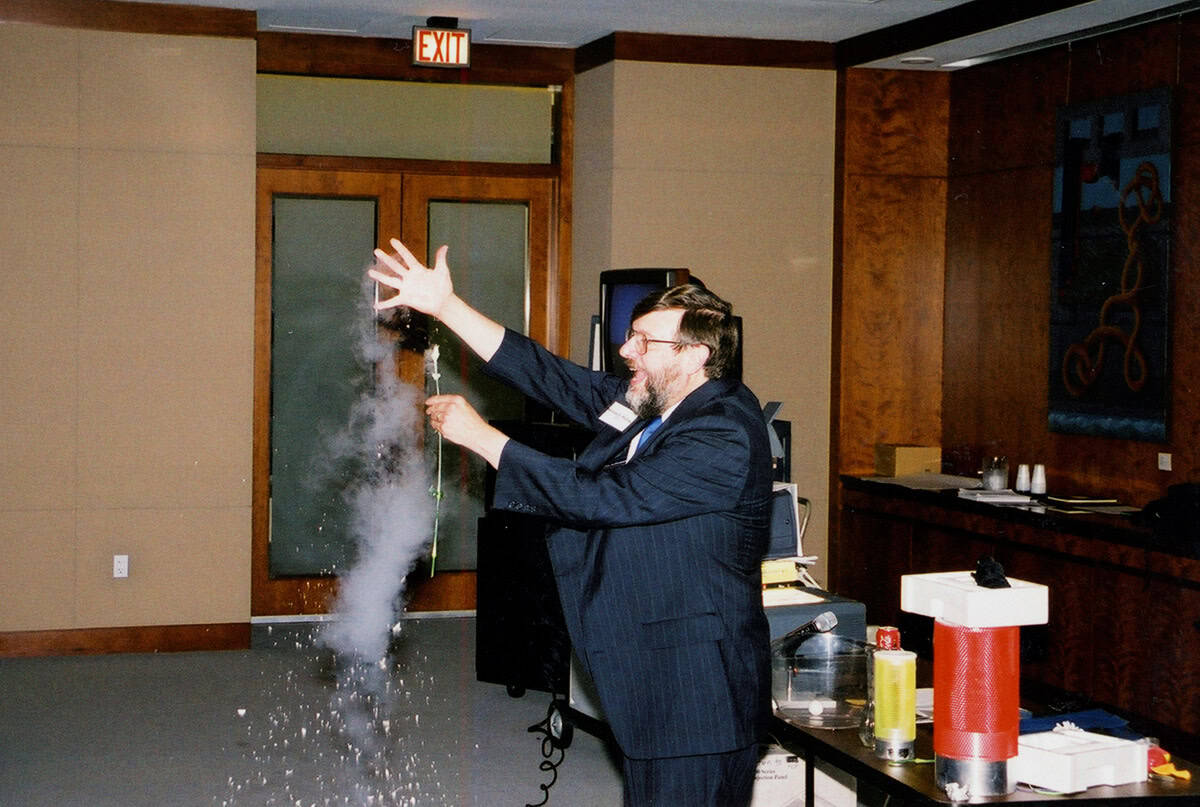
Quantum processors can be made from different qubits – not just cold atoms but trapped ions, superconducting circuits and others, too. Which do you think will turn out best?
My attitude is that it’s too early to settle on one particular platform. It may well be that the final quantum computer is a hybrid device, where computations are done on one platform and storage is done on another. Superconducting quantum computers are fast, but they can’t store information for long, whereas atoms and ions can store information for a really long time – they’re robust and isolated from the environment, but are slow at computing. So you might use the best features of different platforms in different parts of your quantum computer.
But what do I know? We’re a long way from having quantum computers that can do interesting problems faster than classical device. Sure, you might have heard somebody say they’ve used a quantum computer to solve a problem that would take a classical device a septillion years. But they’ve probably chosen a problem that was easy for a quantum computer and hard for a classical computer – and it was probably a problem nobody cares about.
When do you think we’ll see quantum computers solving practical problems?
People are definitely going to make money from factoring numbers and doing quantum chemistry. Learning how molecules behave could make a big difference to our lives. But none of this has happened yet, and we may still be pretty far away from it. In fact, I have proposed a bet with my colleague Carl Williams, who says that by 2045 we will have a quantum computer that can factor numbers that a classical computer of that time cannot. My view is we won’t. I expect to be dead by then. But I hope the bet will encourage people to solve the problems to make this work, like error correction. We’ll also put up money to fund a scholarship or a prize.
What do you think quantum computers will be most useful for in the nearer term?
What I want is a quantum computer that can tackle problems such as magnetism. Let’s say you have a 1D chain of atoms with spins that can point up or down. Quantum magnetism is a hard problem because with n spins there are 2n possible states and calculating the overall magnetism of a chain of more than a few tens of spins is impossible for a brute-force classical computer. But a quantum computer could do the job.
There are quantum computers that already have lots of qubits but you’re not going to get a reliable answer from them. For that you have to do error correction by assembling physical qubits into what’s known as a logical qubit. They let you determine whether an error has happened and fix it, which is what people are just starting to do. It’s just so exciting right now.
What development in quantum physics should we most look out for?
The two main challenges are: how many logical qubits we can entangle with each other; and for how long they can maintain their coherence. I often say we need an “immortal” qubit, one that isn’t killed by the environment and lasts long enough to be used to do an interesting calculation. That’ll determine if you really have a competent quantum computer.
Reflecting on your career so far, what are you most proud of?
Back in around 1988, we were just fooling around in the lab trying to see if laser cooling was working the way it was supposed to. First indications were: everything’s great. But then we discovered that the temperature to which you could laser cool atoms was lower than everybody said was possible based on the theory at that time. This is called sub-Doppler laser cooling, and it was an accidental discovery; we weren’t looking for it.
People got excited and our friends in Paris at the École Normale came up with explanations for what was going on. Steve Chu, who was at that point at Stanford University, was also working on understanding the theory behind it, and that really changed things in an important way. In fact, all of today’s laser-cooled caesium atomic clocks use that feature that the temperature is lower than the original theory of laser cooling said it was.
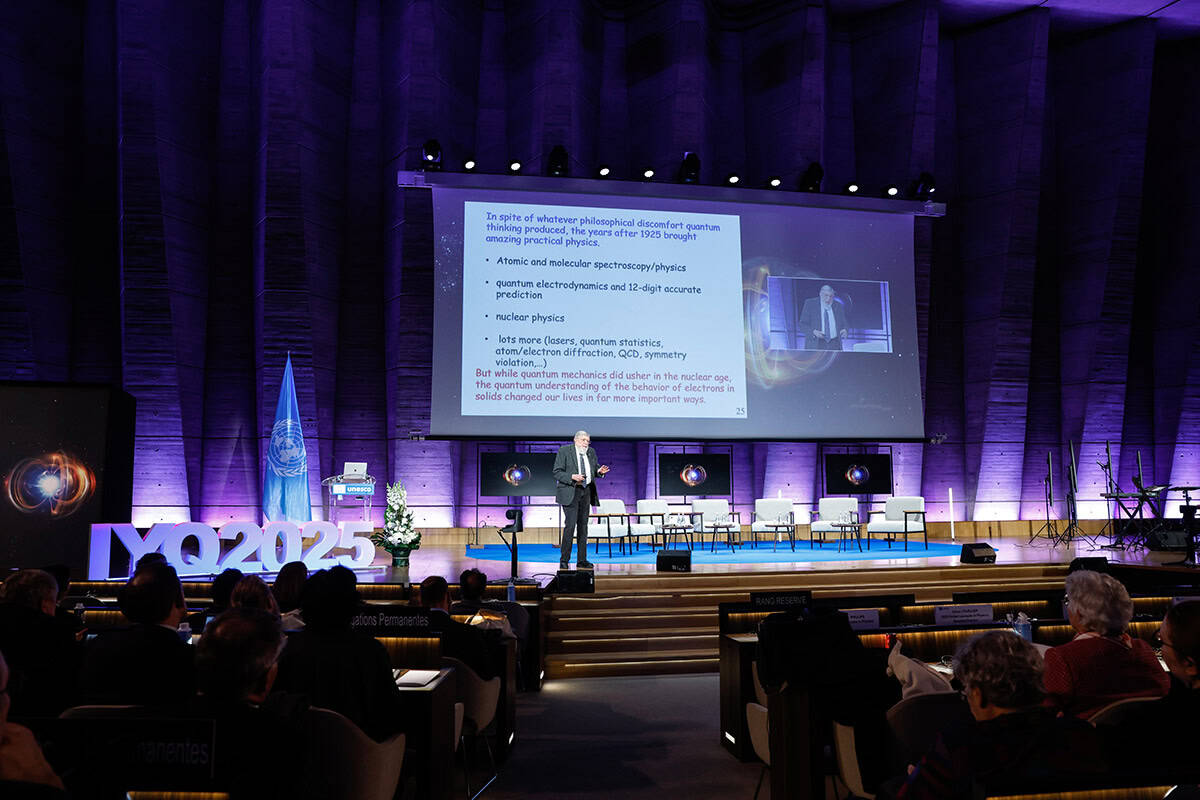
Another thing that has been particularly important is Bose–Einstein condensation, which is an amazing process that happens because of a purely quantum-mechanical feature that makes atoms of the same kind fundamentally indistinguishable. It goes back to the work of Satyendra Nath Bose, who 100 years ago came up with the idea that photons are indistinguishable and therefore that the statistical mechanics of photons would be different from the usual statistical mechanics of Boltzmann or Maxwell.
Bose–Einstein condensates, where almost all the atoms are in the same quantum state, were facilitated by our discovery that the temperature could be so much lower. To get this state, you’ve got to cool the atoms to a very low temperature – and it helps if the atoms are colder to start with.
Did you make any other accidental discoveries?
We also accidentally discovered optical lattices. In 1968 a Russian physicist named Vladilen Letokhov came up with the idea of trapping atoms in a standing wave of light. This was 10 years before laser cooling arrived and made it possible to do such a thing, but it was a great idea because the atoms are trapped over such a small distance that a phenomenon called Dicke narrowing gets rid of the Doppler shift.

Coldest: how a letter to Einstein and advances in laser-cooling technology led physicists to new quantum states of matter
Everybody knew this was a possibility, but we weren’t looking for it. We were trying to measure the temperature of the atoms in the laser-cooling configuration, and the idea we came up with was to look at the Doppler shift of the scattered light. Light comes in, and if it bounces off an atom that’s moving, there’ll be a Doppler shift, and we can measure that Doppler shift and see the distribution of velocities.
So we did that, and the velocity distribution just floored us. It was so odd. Instead of being nice and smooth, there was a big sharp peak right in the middle. We didn’t know what it was. We thought briefly that we might have accidentally made a Bose–Einstein condensate, but then we realized, no, we’re trapping the atoms in an optical lattice so the Doppler shift goes away.
It wasn’t nearly as astounding as sub-Doppler laser cooling because it was expected, but it was certainly interesting, and it is now used for a number of applications, including the next generation of atomic clocks.
How important is serendipity in research?
Learning about things accidentally has been a recurring theme in our laboratory. In fact, I think it’s an important thing for people to understand about the way that science is done. Often, science is done not because people are working towards a particular goal but because they’re fooling around and see something unexpected. If all of our science activity is directed toward specific goals, we’ll miss a lot of really important stuff that allows us to get to those goals. Without this kind of curiosity-driven research, we won’t get where we need to go.
In a nutshell, what does quantum meant to you?
Quantum mechanics was the most important discovery of 20th-century physics. Wave–particle duality, which a lot of people would say was the “ordinary” part of quantum mechanics, has led to a technological revolution that has transformed our daily lives. We all walk around with mobile phones that wouldn’t exist were it not for quantum mechanics. So for me, quantum mechanics is this idea that waves are particles and particles are waves.
This article forms part of Physics World‘s contribution to the 2025 International Year of Quantum Science and Technology (IYQ), which aims to raise global awareness of quantum physics and its applications.
Stayed tuned to Physics World and our international partners throughout the year for more coverage of the IYQ.
Find out more on our quantum channel.
